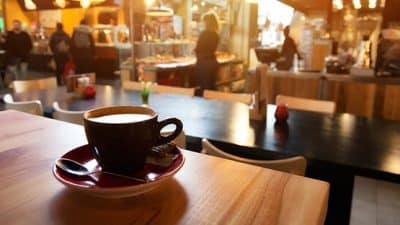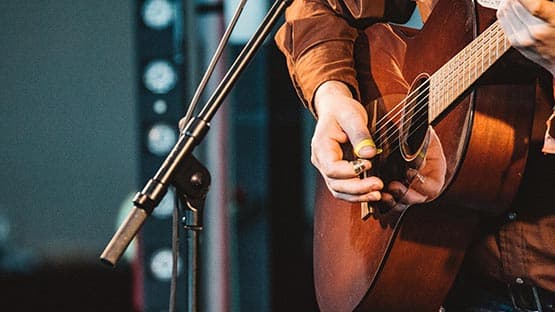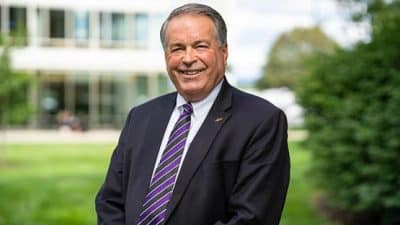
Happy National Coffee Day.
According to WalletHub, coffee consumption is up 14 percent since January 2021.
In the personal finance website’s 2022’s Best Coffee Cities in America, WalletHub compared the 100 largest cities across 12 key indicators of a strong coffee culture. Data includes coffee shops, coffee houses and cafes per capita to the average price per pack of coffee.
Sit down with a cup and take a look at who is at the top and who is at the bottom.
The top American city for coffee lovers is San Francisco, followed by Seattle, Orlando, Honolulu and Portland. The worst cities for coffee lovers are Austin, Texas, followed by Washington, D.C., Atlanta, Cincinnati and Los Angeles.
Pittsburgh is no. 7, Miami: no. 8, Boston: no. 12 and Chicago: no. 15.
The city with the most coffee shops per square foot of population is Orlando with 0.4497, 7.4 times more than in Laredo, Texas, where coffee shops are only 0.0607 for every square foot of the city’s population.
The lowest average price per pack of coffee is in Miami and Hialeah, Florida at $3.41, which is 2.4 times lower than $8.11 in Honolulu.
Americans are spending the highest average on coffee per household in Fremont, Calif., with $229.62, which is 3.5 times higher than in Hialeah, Fla., the city with the lowest average at $65.06.
Portland has the most coffee and tea manufacturers per square foot of population with 0.0216, 43.2 times more than in Riverside and San Bernadino, Calif., the cities with the fewest at 0.0005.
Experts offered tips on how to enjoy your favorite cup of java on a budget.
“If you want to have a daily ‘java’ cup, you might try purchasing a smaller coffee or a simpler one,” Professor at West Chester University Dr. Monica A. Zimmerman said in a press release. “Not only will a smaller/simpler coffee save you money, but you might also decrease the amount of caffeine and sugar. If the price of a medium coffee is $1 less than the price of a large coffee and you purchase one cup each day, you would save $365 in one year by switching from a large to a medium coffee. Another approach would be to decrease the frequency of your purchases from daily to several times per week. If the price of your coffee is $5 and you decrease your purchases from seven cups to six cups per week, you would save over $250 in one year. You could also join a loyalty program and earn points to use on future purchases.”
Rashmi Menon, Entrepreneur in Residence and Lecturer at University of Michigan, said that as with most food and beverage options, you can save money by making your own at home.
“If you would like to enjoy that coffee with friends, you could bring your coffee with you to a public place such as a park or a breakroom at work or invite your friends over for a chat – they could bring pastries and snacks and you could provide the coffee,” Menon said.
What do experts think about young entrepreneurs opening a coffee shop as their first business in today’s economic environment?
“A coffee shop is a retail business that is most affected by foot traffic and location,” Assistant Professor at The Catholic University of America Jack Yoest said. “It is still possible to secure that high-volume corner but less likely when going head-to-head with the larger established competitors. The coffee shop entrepreneur will have to uncover that balance of features and advantages to provide that experience and benefits the customer wants.”
Rikki Abzug is professor and convener of Management for Ramapo College. He said that opening a small business like a coffee shop in any economic environment “is a labor of love, but also a big risk. According to the Bureau of Labor Statistics the failure rate, five years out, for small businesses is 50 percent. However, that risk can be somewhat mitigated by an entrepreneur who does their homework upfront. Understanding the saturation of a particular coffee market is a key first step and then determining whether your coffee shop is sufficiently differentiated from competitors would be the next step. Again, because coffee has the trappings of a lifestyle product, and because (some) people will pay two to three times more for certain coffee experiences, there are, indeed, many ways to differentiate a new coffee shop, but the risks must be understood and the research must be undertaken.”










